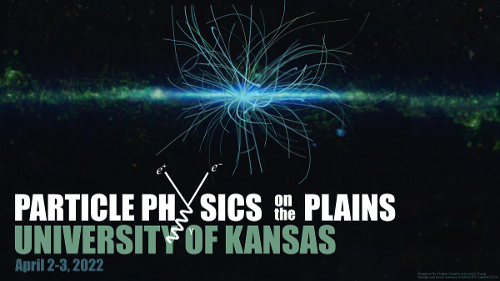Speaker
Description
In string theory with flux compactifications, anthropic selection for structure formation
from a discretuum of vacuum energy values provides at present our only understanding of
the tiny yet positive value of the cosmological constant. We apply similar reasoning to a
toy model of the multiverse restricted to vacua with the MSSM as the low energy effective
theory. Here, one expects a statistical selection favoring large soft SUSY breaking terms
leading to a derived value of the weak scale in each pocket universe (with appropriate
electroweak symmetry breaking) which differs from the weak scale as measured in our
universe. In contrast, the SUSY preserving µ parameter is selected uniformly on a log
scale as is consistent with the distribution of SM fermion masses: this favors smaller values
of µ. An anthropic selection of the weak scale to within a factor of a few of our measured
value– in order to produce complex nuclei as we know them (atomic principle)– provides
statistical predictions for Higgs and sparticle masses in accord with LHC measurements.
The statistical selection then more often leads to (radiatively-driven) natural SUSY models
over the Standard Model or finely-tuned SUSY models such as mSUGRA/CMSSM, split,
mini-split, spread, high scale or PeV SUSY. The predicted Higgs and superparticle spectra
might be testable at HL-LHC via higgsino pair production but is certainly testable at
higher energy hadron colliders with √s ∼ 30 − 100 TeV.

